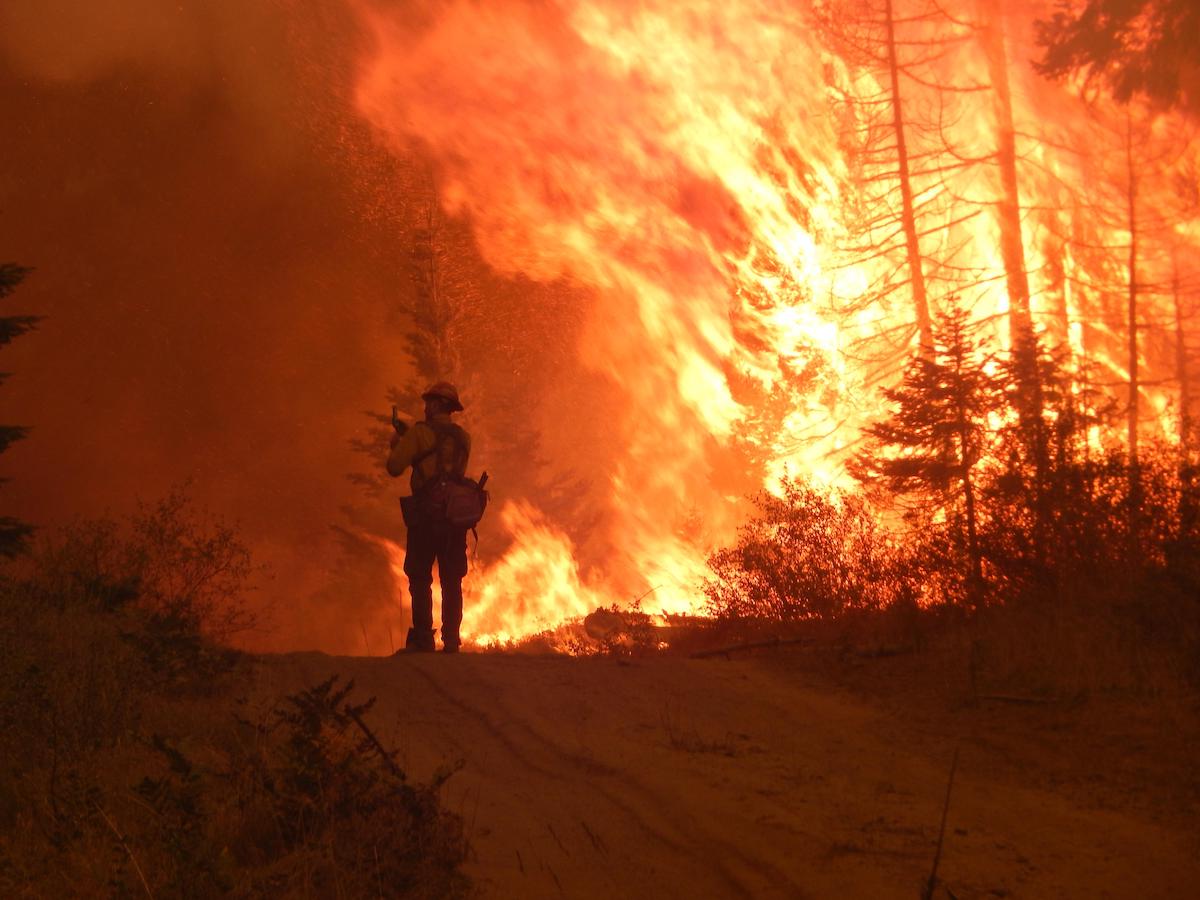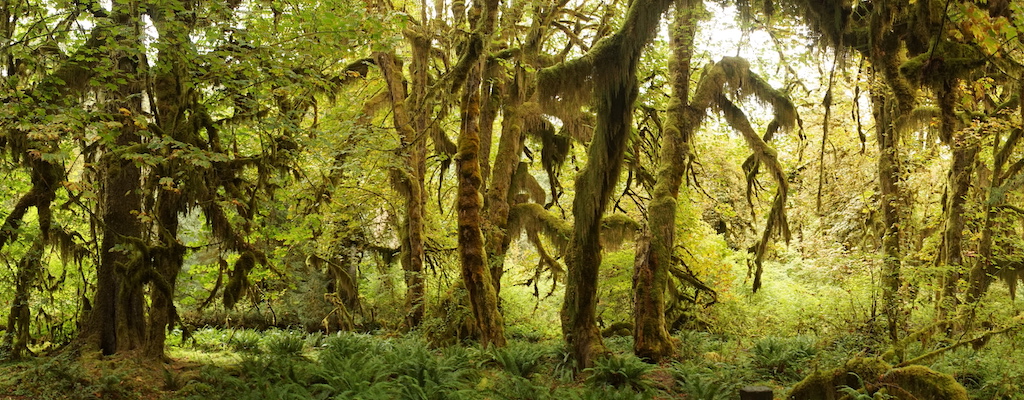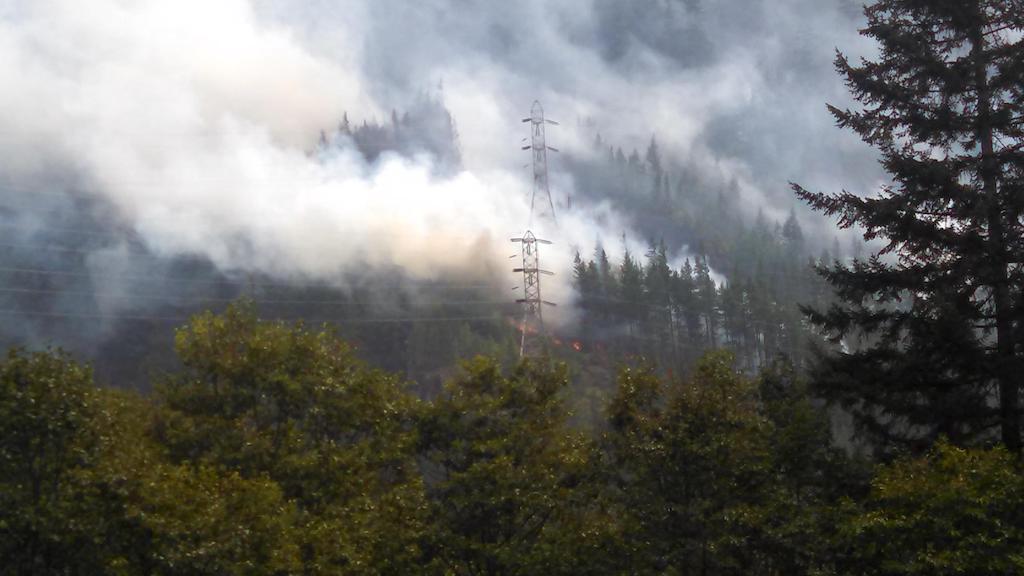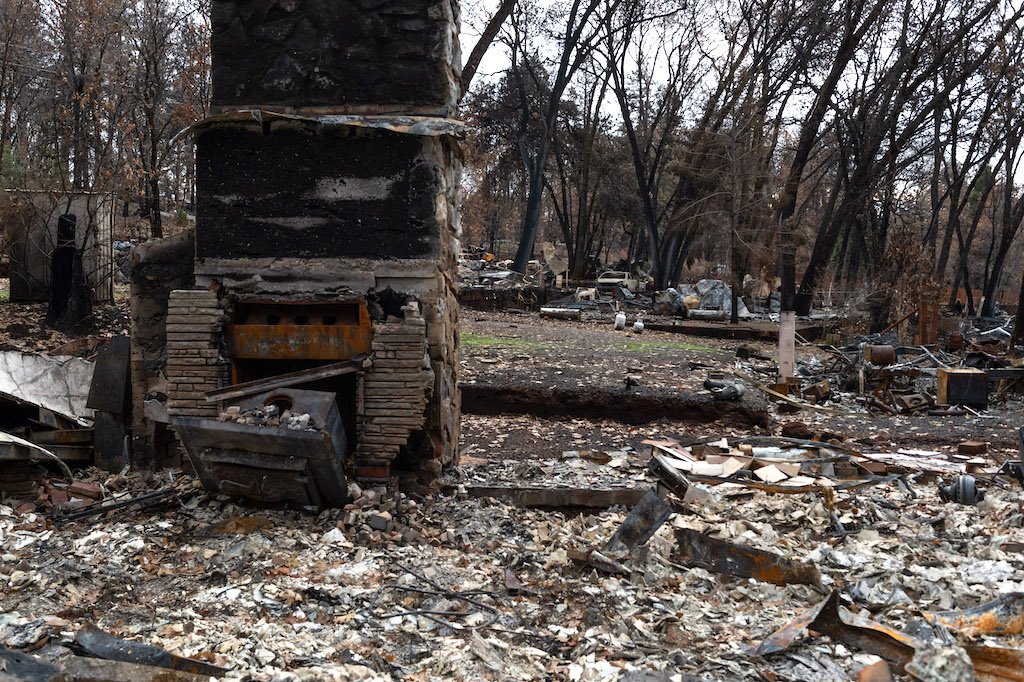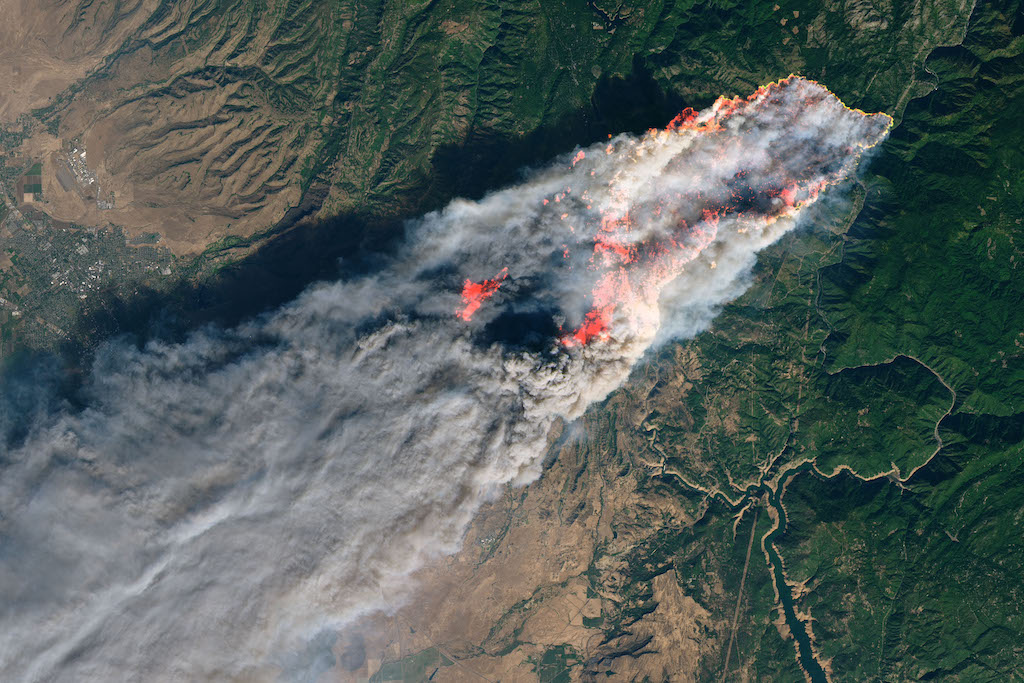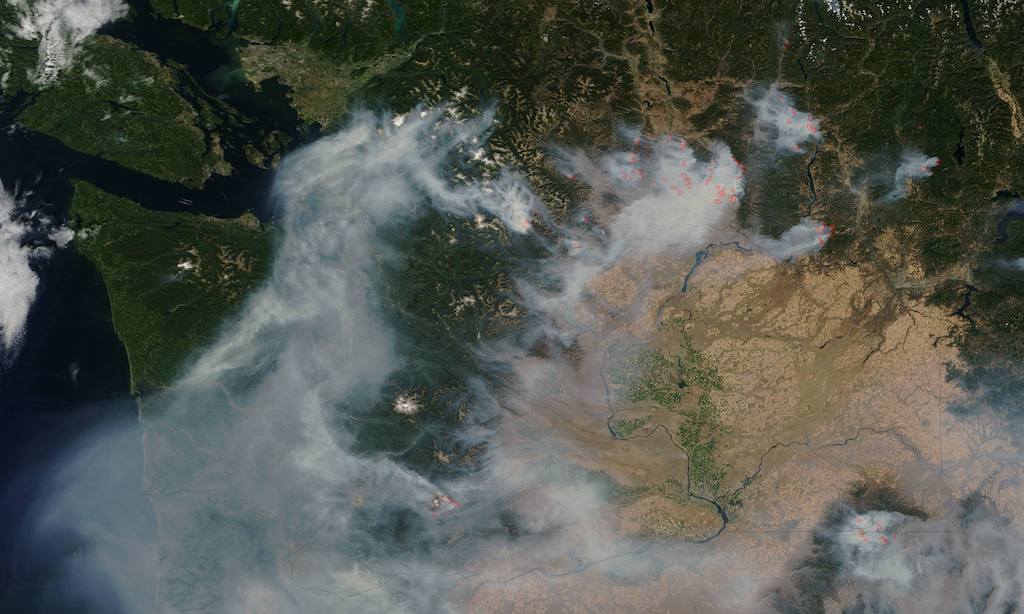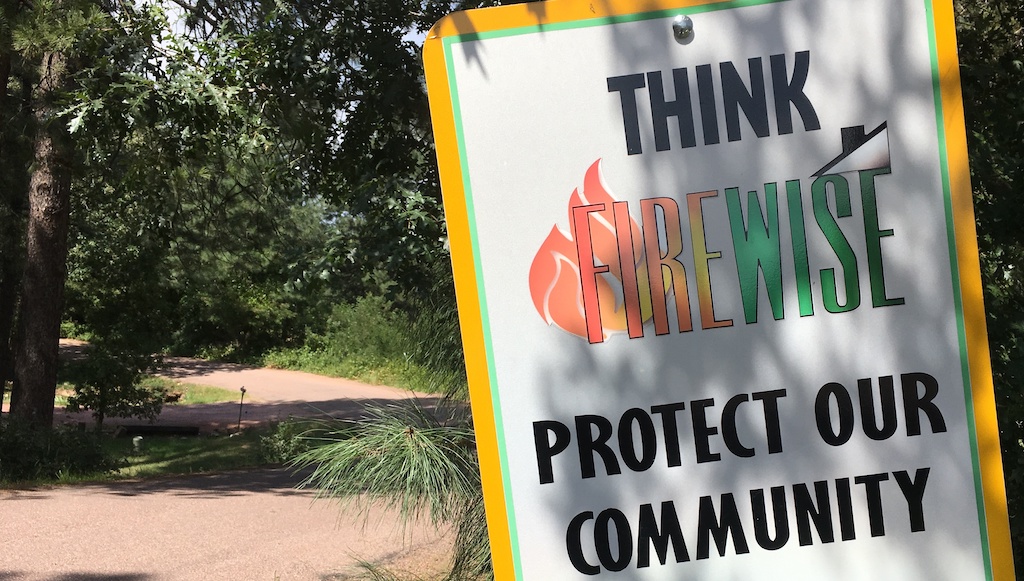The summer of 2015 brought hot, dry winds blowing into Western Washington from the east. Ominous breezes parched the forests, promoted wildfires and foreshadowed a future of increased fire danger on the “wet side” of the Cascade Mountains.
On Aug. 10 of that year, a lightning strike on Mount Ross in North Cascades National Park ignited a slow-moving fire on a precipitous slope. The blaze smoldered along for more than a week before it blew up on Aug. 19, when strong winds pushed the flames toward the small town of Newhalem. The fire grew from about 100 acres to about 3,200 acres in a single day.
Researchers who study the risk of wildfire say a warming climate in Western Washington could bring an increasing number of fires to the doorsteps of more than a million homes scattered through the woods or clustered in small communities throughout Western Washington.
Newhalem is a company town owned by Seattle City Light. Employees who live there operate the extensive Skagit River Hydroelectric Project, which provides power to the Seattle region. Cynthia Stahlecker, operations secretary, recalled the intense flames, smoke and heat as the fire approached.
“You could see the fire coming over the hill,” she said, “and then it jumped the river and circled the town. The smoke was so thick that I couldn’t see out the back door. The sound was like a great big jet engine taking off. I have never experienced anything like that, nor do I ever want to again.”
That night, as firefighters battled the smoky blaze at the edge of town, emergency officials organized an evacuation of Newhalem residents as well as those living in nearby Diablo. The North Cascades Highway was blocked to the west, so a convoy of vehicles escaped over the mountains into Eastern Washington.
The convoy, originally bound for Winthrop, was diverted to Wenatchee to avoid an extreme forest fire that has been called the Okanogan Complex Fire. During August of 2015 — the hottest year on record — Eastern Washington suffered through a series of forest fires that burned a record 1.1 million acres, killing three firefighters and destroying 123 homes.
Historically, the evacuation of Newhalem and Diablo stands as one of the few fire-driven escapes from populated areas west of the mountains. But researchers who study the risk of wildfire say a warming climate in Western Washington could bring an increasing number of fires to the doorsteps of more than a million homes scattered through the woods or clustered in small communities throughout Western Washington.
Maritime climate changing
Western Washington — between the Pacific Ocean and the Cascade Mountains — is known for its cool, moist breezes blowing in from the sea. For the past 300 years, wildfires have been rare and relatively small, thanks to moist vegetation and infrequent lightning storms. Early loggers talked about their discovery of “asbestos forests,” which would provide a vast supply of quality lumber to a growing nation.


